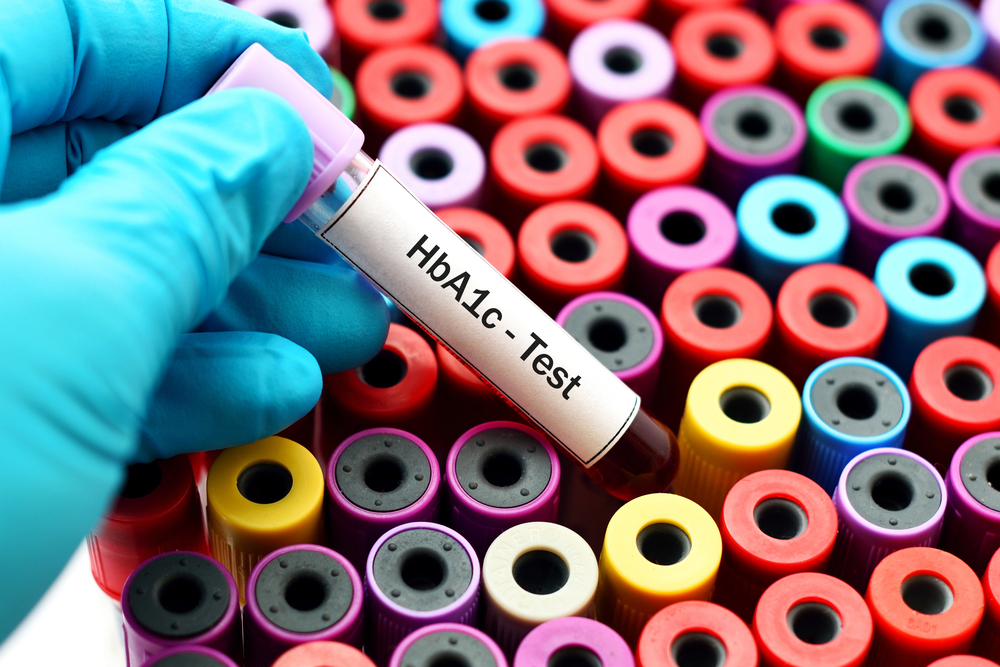Diabetes and Skin Problems
Diabetes and skin problems have a cause-and-effect relationship. Diabetes is a chronic health condition marked by high blood sugar levels that significantly affect various bodily functions and internal organs. However, its impact can also extend to the body’s largest organ, the skin.
Skin problems can often be the first signs of diabetes, making it crucial for diabetic individuals to understand and manage them effectively. For example, type two diabetes skin problems typically include sores, spots, and rashes.
This article explores the complex relationship between diabetes and skin problems, focusing on the causes, associated risk factors, symptoms, diagnosis, and management strategies.
What is the connection between diabetes and skin problems?
Skin problems caused due to diabetes are a result of the long-term effects of high blood sugar levels on the body’s tissues, including the skin. This often results in a range of diabetic skin conditions, some of which are particularly prevalent among or even exclusive to individuals with high sugar. Skin problems like rashes and spots can also be a sign of prediabetes.
What leads to skin issues in diabetics?
Several factors cause skin problems in people with diabetes. The most common cause is prolonged exposure to high blood sugar levels that restricts blood circulation and reduces the skin’s ability to heal effectively. Moreover, diabetes can compromise the immune system, heightening the risk of infections and skin complications like diabetic sores on the feet.
Are there specific risk factors for skin problems in diabetics?
Certain risk factors increase the chances of developing skin issues among diabetes patients. These include:
- Inadequate control of blood sugar levels
- A long duration of living with diabetes
- Lifestyle-related factors such as smoking and consumption of alcohol
- Allergic reaction to the medicine
- Bacterial or fungal infections
How do symptoms of skin problems manifest in diabetes?
The symptoms of skin issues caused due to diabetes vary based on the specific condition. Key indicators include:
- Diabetic sores on the feet
- Notable diabetes red spots on the legs
- Various forms of diabetic rash on the body
- Dry and itchy skin
- Dark patch or velvety skin in body creases such as neck, armpits, or groin
- Painless skin blisters on lower legs and feet
These symptoms range from mild irritations to severe complications, making early detection and intervention essential.
What is the process for diagnosing diabetic skin conditions?
Diagnosing skin conditions in diabetic patients involves a comprehensive examination by a healthcare professional. This includes looking for signs like diabetic sores, rashes, or changes in the skin’s colour and texture. Sometimes, additional diagnostic tests might be necessary to exclude other potential causes.
What are the best practices for managing and preventing diabetic skin issues?
The cornerstone of managing and preventing skin conditions in people with diabetes is maintaining optimal blood sugar control. This helps prevent the complications that lead to skin issues. Additionally, routine and careful skin care is essential. Follow these general practices to manage skin conditions associated with diabetes:
- Regularly inspect the skin for any indications of rashes, red spots, infections, or wounds.
- Opt for warm (avoid hot) water and a moisturizing cleanser during the shower.
- Avoid prolonged soaking in a bathtub, as it can lead to skin dehydration.
- Gently dab skin to dry with a towel instead of rubbing, thoroughly drying the areas between fingers, toes, and within skin folds.
- After showering, apply a moisturizer free from fragrances while the skin is still moist and supple.
- Stay hydrated and maintain skin moisture by consuming adequate fluids.
- Incorporate a humidifier in the living space to increase the moisture content in the air.
For further diabetes skin rash treatment, it is crucial to consult a doctor and follow their advice.
Individuals with diabetes must understand the relationship between their condition and skin health. Recognizing symptoms early and adopting preventive measures are crucial steps for an effective diabetic rash cure.
FAQs
1. What are diabetic sores on feet?
Diabetic sores on the feet are ulcers or open wounds that commonly occur in individuals with diabetes.
2. What causes diabetes red spots on the legs?
The red spots on the legs, known as diabetic dermopathy, are caused by changes in the small blood vessels beneath the skin, leading to noticeable discoloured patches.
3. Is a diabetic rash indicative of a severe problem?
A diabetic rash can signal an underlying issue, such as a skin infection or poor blood sugar control. It is best to consult a healthcare professional for accurate diagnosis.
- What should one understand about diabetic skin conditions?
Diabetic skin conditions are varied and can range from minor irritations to serious infections. Awareness of these conditions and timely medical care is crucial for effective management.















